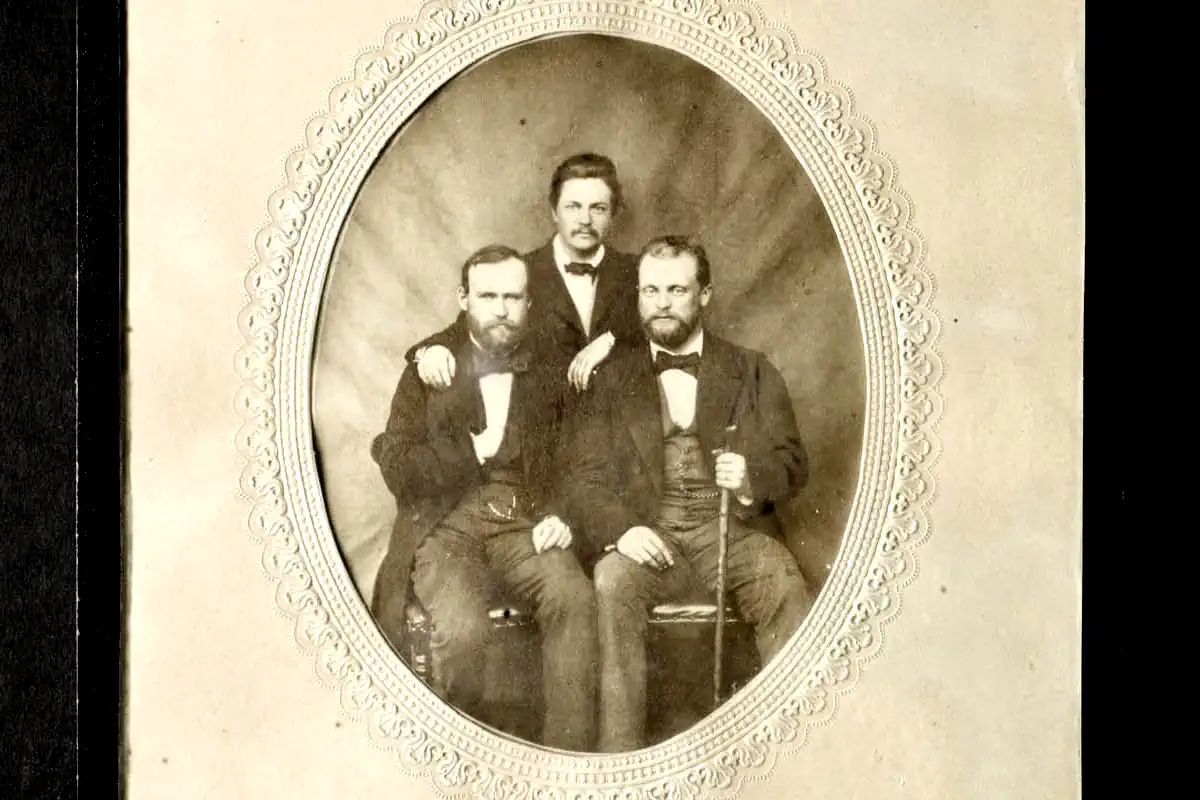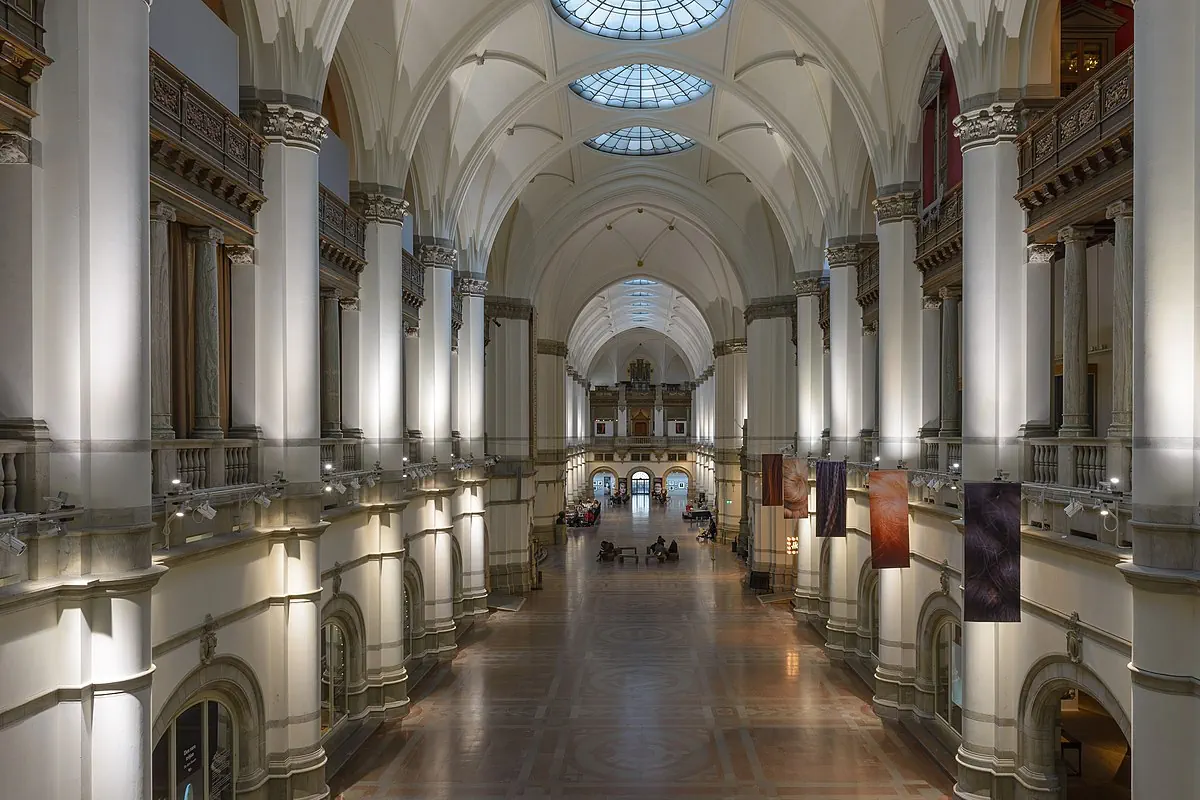 Photo: Ellinor Algin/Tekniska Museet (CC BY)
Photo: Ellinor Algin/Tekniska Museet (CC BY)
Artur Hazelius: Visionary of Skansen and the Nordic Museum
Stockholm’s cultural identity owes much to Artur Hazelius (1833–1901), the pioneering folklorist, educator, and museum founder. At a time when industrialization threatened to erase Sweden’s rural traditions, Hazelius dedicated his life to preserving everyday life, crafts, and folklore. His two most enduring creations—the Skansen open-air museum and the Nordic Museum—remain among Stockholm’s most iconic cultural landmarks.
Early life and vision
Born in Stockholm, Hazelius grew up in an era of great societal change. He studied philology and history at Uppsala University, but his calling lay beyond academics. Convinced that Sweden’s traditions were disappearing, he set out to preserve not just artifacts, but the very spirit of Swedish life. His guiding motto, “Känn dig själv” (“Know thyself”), became a philosophy for the nation: understanding one’s past as a path to identity.




The Nordic Museum: A cultural treasure house
In 1873, Hazelius founded the Nordiska Museet (Nordic Museum) to collect and display Sweden’s material culture. Everyday objects, folk costumes, and household tools became central exhibits—reminders of how ordinary people lived, worked, and celebrated. The museum grew into a monumental institution on Djurgården, embodying Hazelius’s vision of history told from the perspective of the people.


Skansen: The world’s first open-air museum
In 1891, Hazelius expanded his mission by founding Skansen, the world’s first open-air museum. Historic farmhouses, churches, and workshops from across Sweden were relocated and rebuilt, creating a living village where visitors could step back in time. Craftsmen, farmers, and performers demonstrated traditional skills, allowing modern Swedes to connect directly with their cultural roots.
Scholarship and enduring legacy
Beyond collecting artifacts, Hazelius wrote extensively about folk traditions and dialects, ensuring that everyday culture—not just the lives of elites—was remembered. His work blended scholarship with a profound sense of national pride, helping Swedes navigate modernity without losing their roots. His methods influenced generations of curators and set the stage for heritage preservation worldwide.
Visiting Hazelius’s legacy in Stockholm
For today’s visitors, Skansen and the Nordic Museum offer a unique chance to experience Hazelius’s vision firsthand. Walk through Skansen’s historic villages, see artisans at work, or explore the Nordic Museum’s sweeping collections of folk costumes and traditions. Both sites remain living monuments to Hazelius’s belief that history belongs not just in books, but in the sights, sounds, and stories of everyday life.
Visit Info
![]() Artur Hazelius
Artur Hazelius
![]() Artur Hazelius
Artur Hazelius



